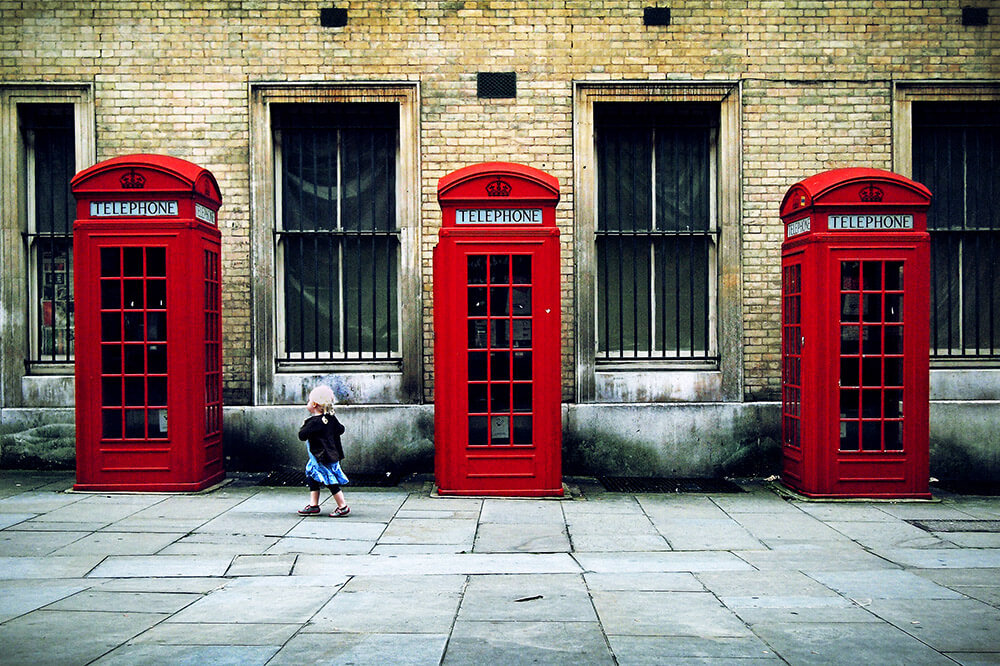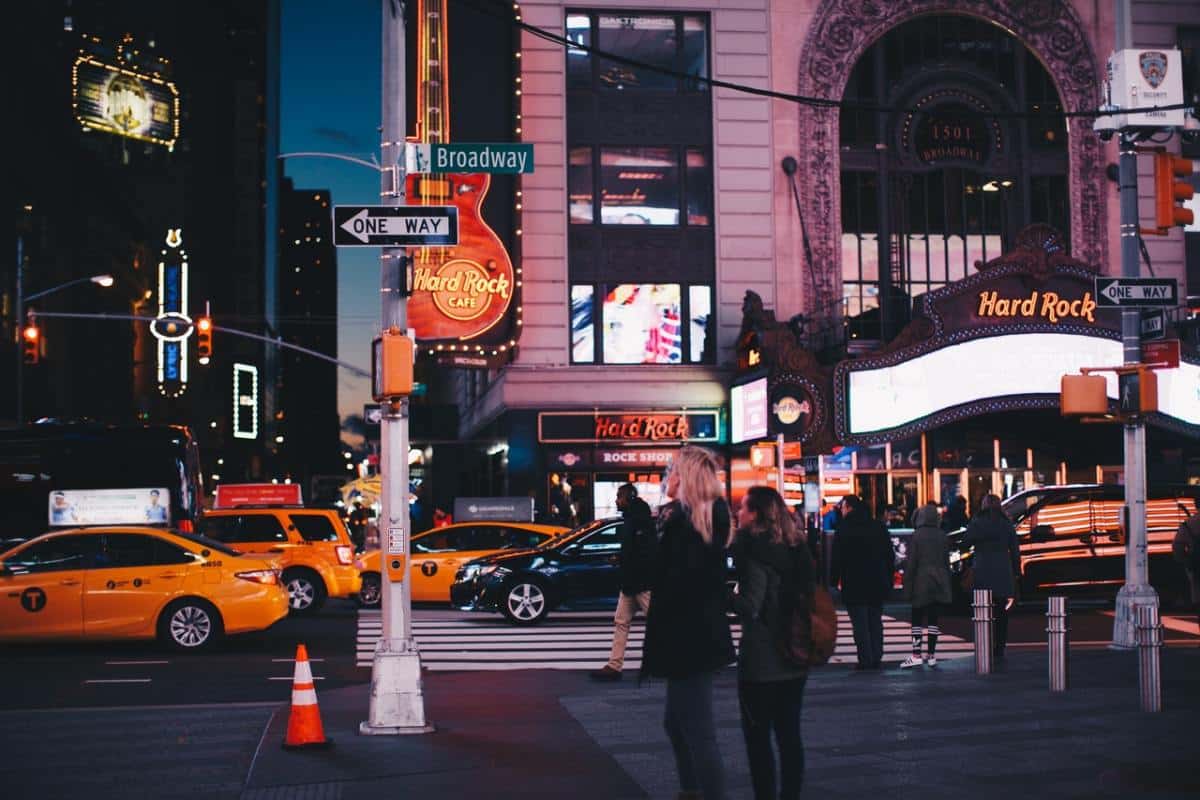The Ultimate Guide To Street Photographers
The Ultimate Guide To Street Photographers
Blog Article
The Only Guide for Street Photographers
Table of ContentsHow Street Photographers can Save You Time, Stress, and Money.Unknown Facts About Street PhotographersExcitement About Street PhotographersStreet Photographers Fundamentals ExplainedGetting The Street Photographers To Work
, a category of photography that documents daily life in a public place. The actual publicness of the setting enables the photographer to take honest photos of complete strangers, typically without their knowledge. Road professional photographers do not always have a social function in mind, however they choose to isolate and record moments which could otherwise go undetected.Though he was affected by numerous of those that influenced the road photographers of the 1950s and '60s, he was not primarily interested in recording the spirit of the street. The impulse to visually record people in public began with 19th-century painters such as Edgar Degas, douard Manet, and Henri de Toulouse-Lautrec, that worked side by side with digital photographers trying to catch the significance of city life.

Provided the fine high quality of his photos and the breadth of material, engineers and musicians usually bought Atget's prints to use as reference for their own work, though commercial interests were hardly his major inspiration. Rather, he was driven to photo every last remnant of the Paris he enjoyed.
The Only Guide to Street Photographers
They disclose the city through his eyes. His work and basic understanding of digital photography as an art type offered as motivation to generations of photographers that complied with. The future generation of street professional photographers, though they likely did not describe themselves thus, was ushered in by the photojournalism of Hungarian-born digital photographer Andr Kertsz.
Unlike his peers, Brassa used a larger-format Voigtlnder camera with a longer exposure time, requiring him to be a lot more calculated and thoughtful in his technique than he may have been if making use of a Leica. (It is assumed that he may not have had the ability to manage a Leica back then, however he did, nonetheless, use one in the late 1950s to take colour pictures.) Brassa's pictures of the Paris underworld illuminated by synthetic light were a revelation, and the compilation of the collection that he released, (1933 ), was a major success.
Cartier-Bresson was a champion of the Leica cam and one of the initial photographers to maximize its abilities. The Leica enabled the photographer to interact with the environments and to catch minutes as they occurred - Street Photographers. Its relatively small dimension likewise assisted the photographer discolor into the history, which was Cartier-Bresson's favored technique
What Does Street Photographers Do?
It is because of this basic understanding of the art of photo taking that he is often credited with discovering the medium throughout again roughly a century considering that its innovation. He took photos for more than a half century and affected generations of photographers to trust their eye and instinct in the moment.
These are the questions I will attempt to address: And after that I'll leave you with my own definition of street photography. Yes, we do. Allow's kick off with defining what a meaning is: According to it is: "The this act of specifying, or of making something definite, distinctive, or clear".
No, certainly not. The term is both limiting and misdirecting. Seems like a street digital photography need to be photos of a streets appropriate?! And all road photographers, with the exception of a little number of outright newbies, will totally value that a road is not the essential component to street photography, and in fact if it's a photo of a road with possibly a couple of dull people not doing anything of interest, that's not road photography that's a photo of a street.
He makes a legitimate factor don't you assume? However, while I concur with him I'm not exactly sure "honest public you could look here digital photography" will capture on (although I do kind of like the term "honest photography") since "street digital photography" has been around for a long time, with several masters' names connected to it, so I think the term is here to stay.
What Does Street Photographers Mean?
Inside?! I hear you yell as you tremble your fist to the skies. Why not? You can shoot at the coastline, at a festival, in a street, in a park, in a piazza, in a coffee shop, at a museum or art gallery, in a city terminal, at an event, on a bridge, under a bridge ...

10 Simple Techniques For Street Photographers

Report this page